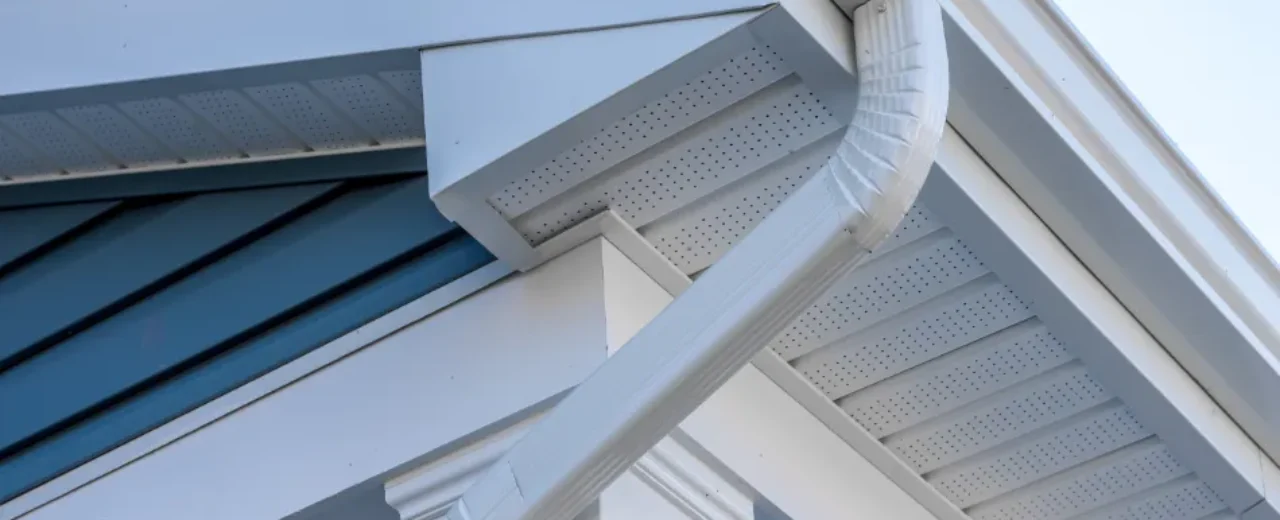How Gutters Can Affect Your Roof’s Performance
When it comes to protecting your home, the roof gets most of the attention, but your gutter system plays a critical supporting role. Gutters are designed to manage rainwater by directing it away from your roof, walls, and foundation. When working correctly, they help preserve the structural integrity of your home. However, when gutters are damaged, clogged, or improperly installed, they can do more harm than good, especially to your roof.
Here’s how gutters can significantly affect your roof’s performance:
1. Preventing Water Damage
The primary function of gutters is to channel water off the roof and away from the home. Without a properly functioning gutter system, rainwater can pool on your roof, leading to leaks, mold growth, and structural damage. Prolonged exposure to moisture weakens roofing materials, especially around the eaves and fascia boards.
Overflowing gutters can also cause water to back up under shingles. This can break the sealant strip between shingle layers, allowing water to seep into the roof deck and trigger wood rot, thereby compromising the insulation inside your attic.
2. Protecting Against Ice Dams
In colder climates, gutters play a crucial role in preventing ice dams. When gutters are clogged, they can trap melting snow, causing water to refreeze at the roof’s edge. This creates ice dams, which force water underneath the shingles and into your home. Proper gutter maintenance, combined with adequate attic ventilation and insulation, can help minimize this risk.
3. Supporting Roof Longevity
Clean, functioning gutters extend the lifespan of your roof by reducing unnecessary water exposure. When water is allowed to run off efficiently, roofing materials stay drier and last longer. Gutters also protect the fascia, soffit, and trim areas that, when damaged, can invite pests and further deterioration.
4. Preventing Soil and Foundation Issues
While not directly tied to the roof, how your gutter handles runoff impacts the entire building envelope. Water that spills over clogged gutters can erode soil near the foundation and cause basement flooding. This leads to shifting structures that put stress on the roof frame, resulting in cracks or sagging over time.
5. Maintenance is Key
Many gutter issues start with a simple lack of maintenance. Leaves, pine needles, and debris can quickly clog gutters, especially in the fall or during storms. Regularly cleaning your gutters (or installing gutter guards) ensures proper water flow and prevents damage to the roof and surrounding areas.
Inspect your gutters at least twice a year—spring and fall are ideal—and after significant storms. Look for signs of sagging, rust, holes, or separation from the fascia board.
In Summary:
Your roof and gutters work as a team. When gutters fail, your roof pays the price through water damage, mold, ice dams, and structural decay. Regular inspections, cleanouts, and timely repairs go a long way toward preserving your roof’s performance and extending the life of your home.
If you notice issues with your gutters or signs of roof wear, don’t wait. Minor problems can quickly become costly repairs. Schedule a professional inspection to ensure your roof drainage system is functioning properly year-round.


